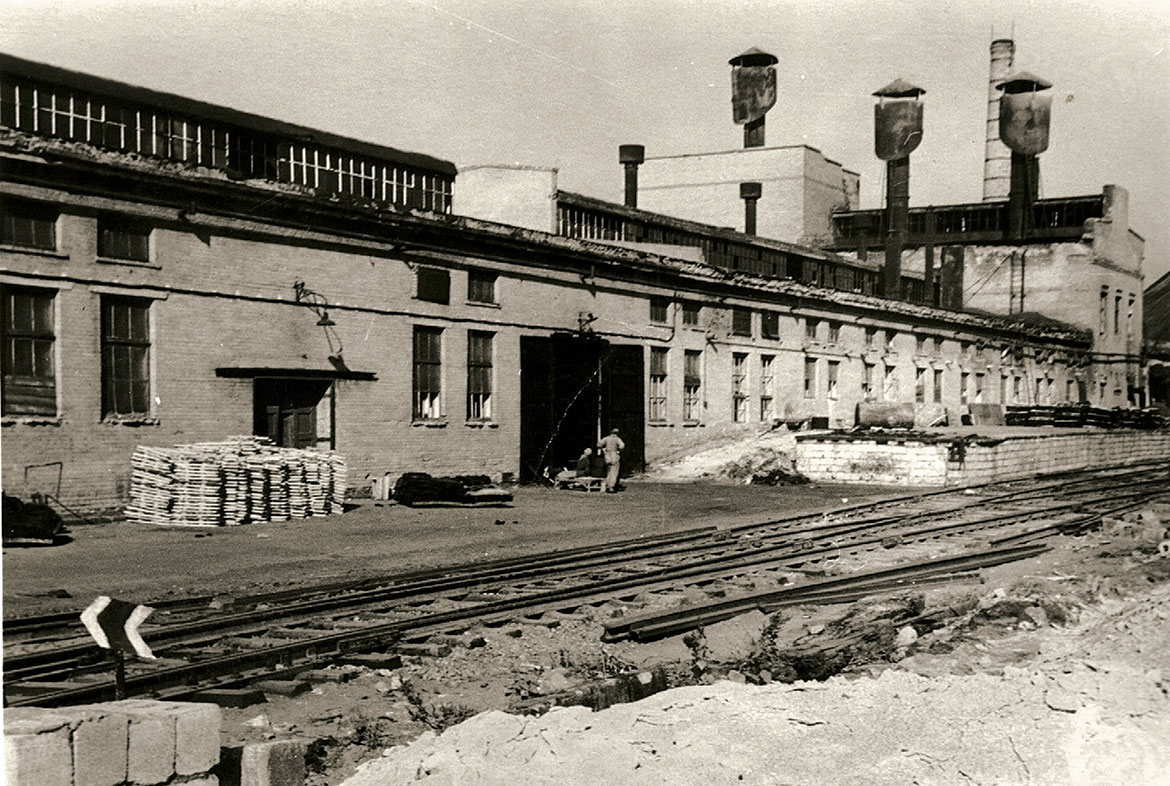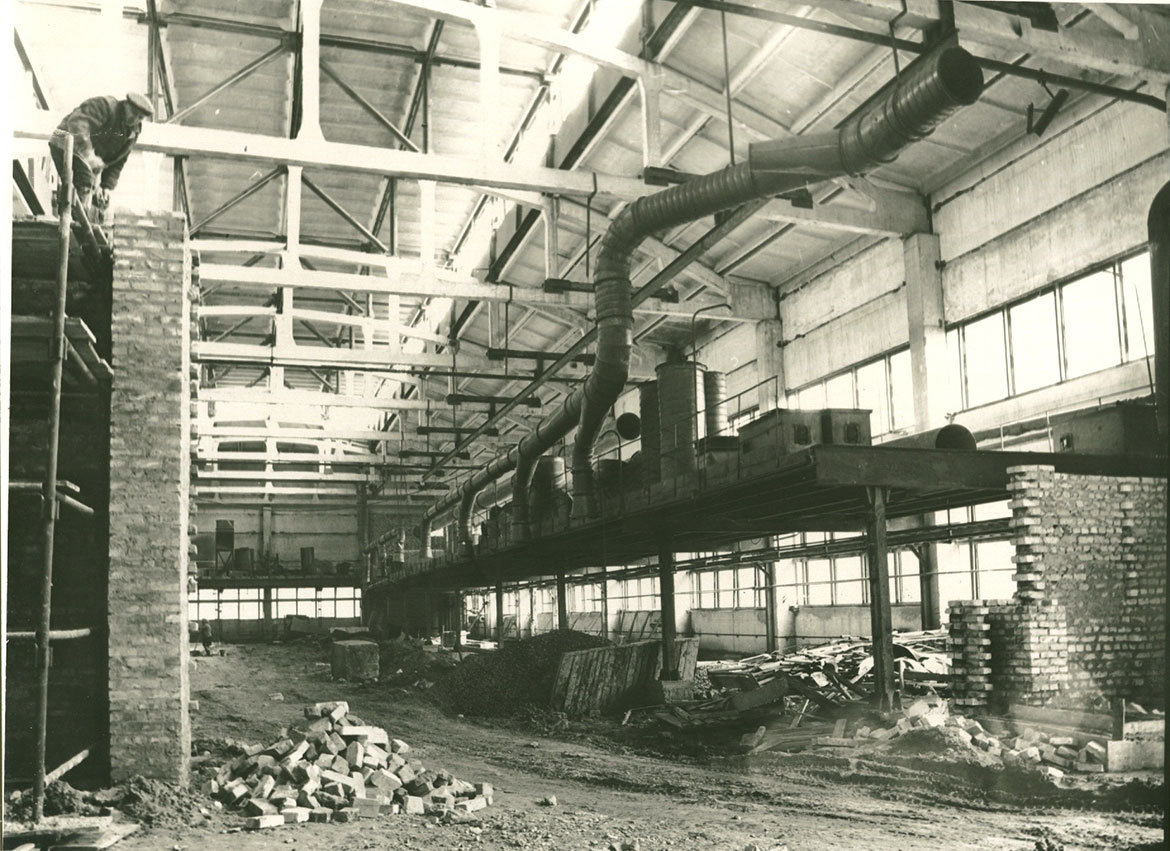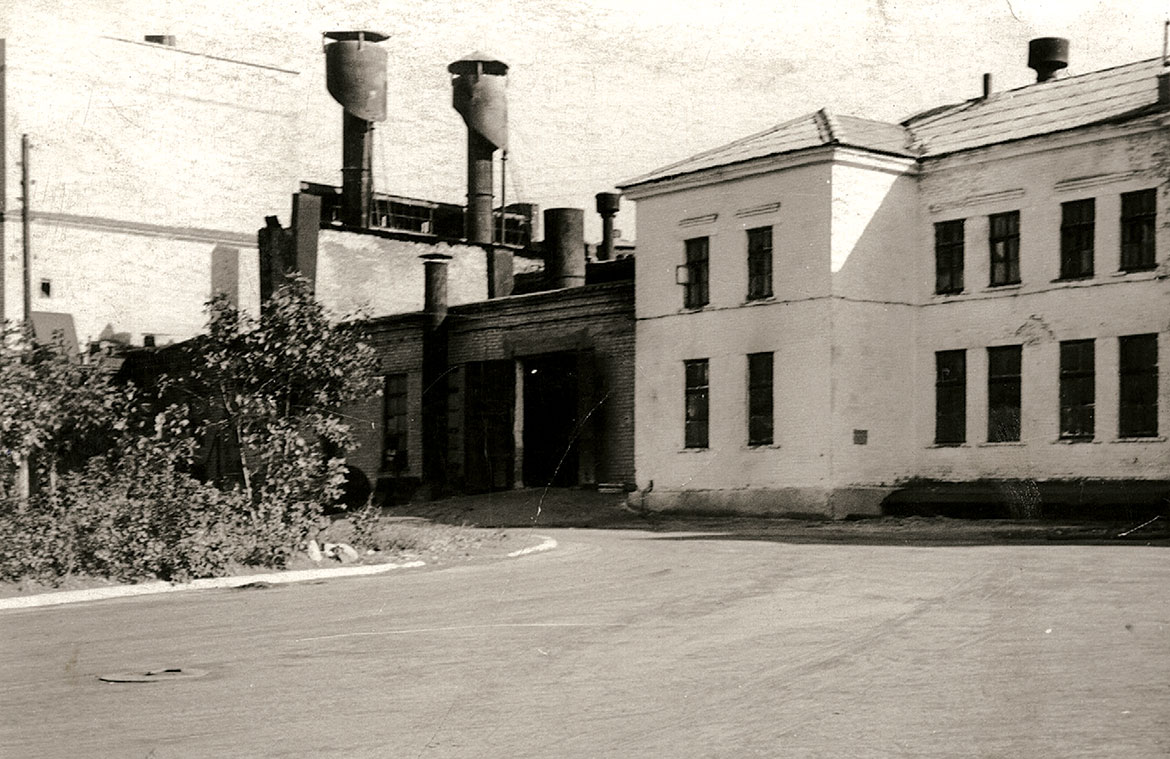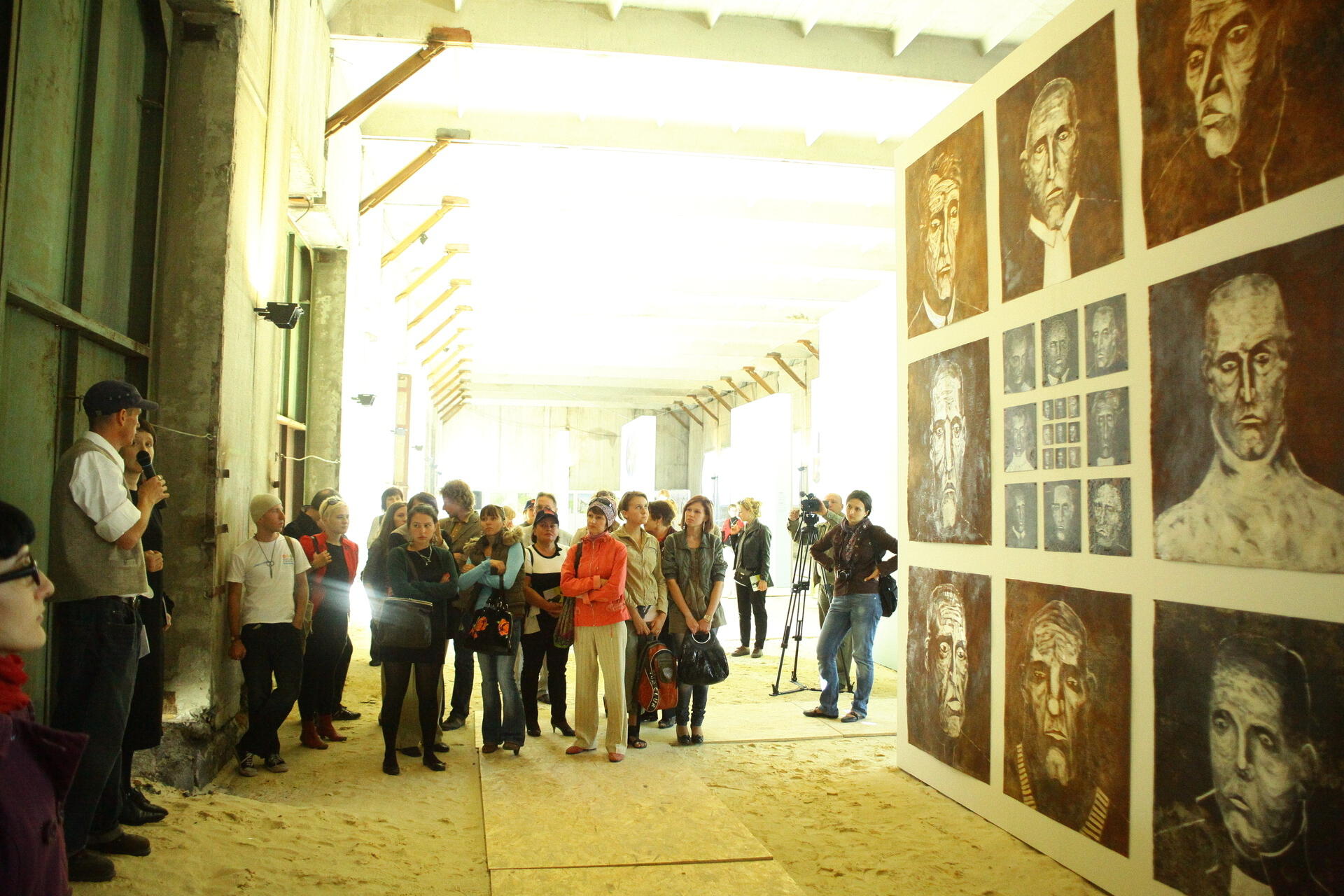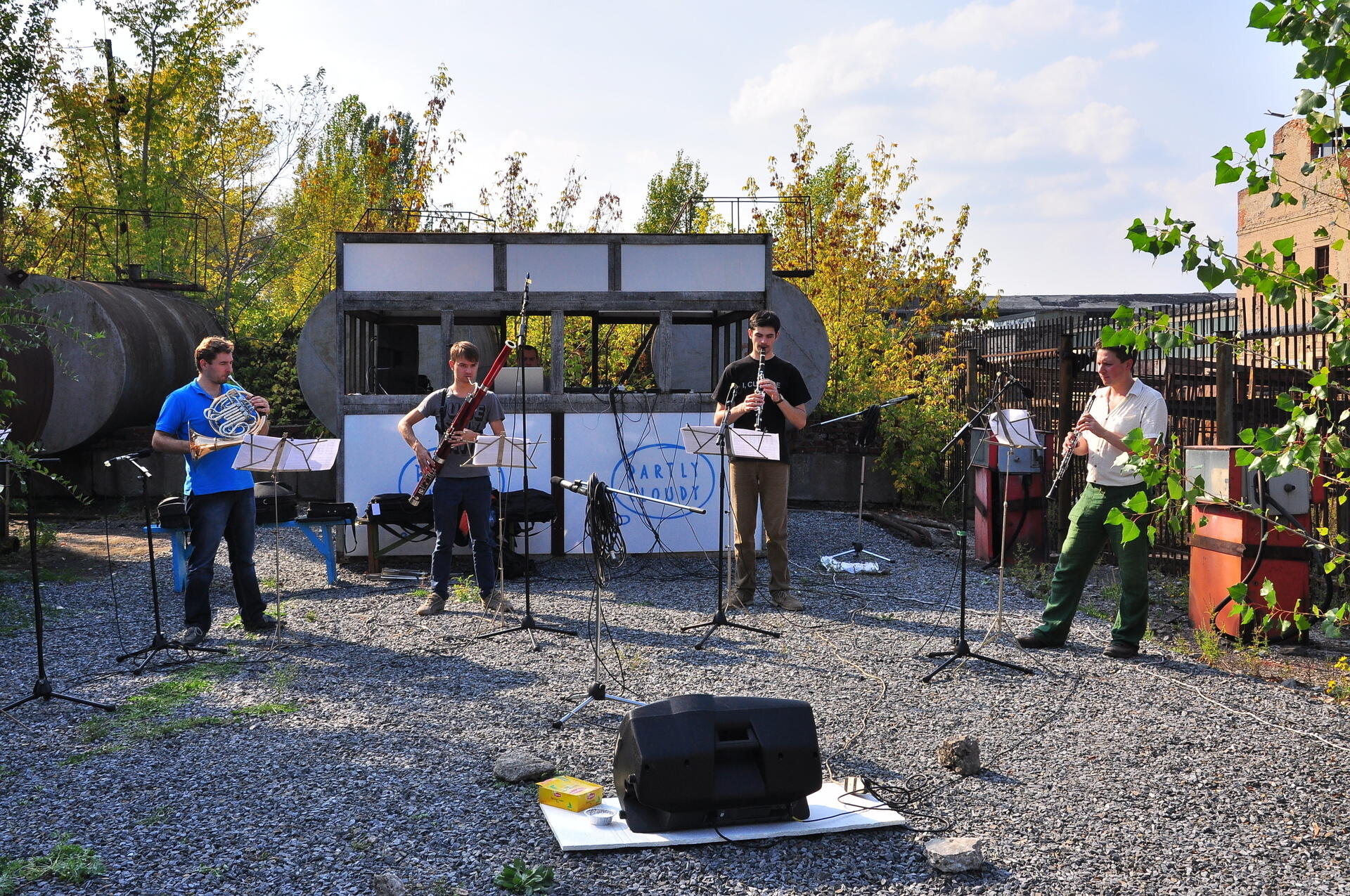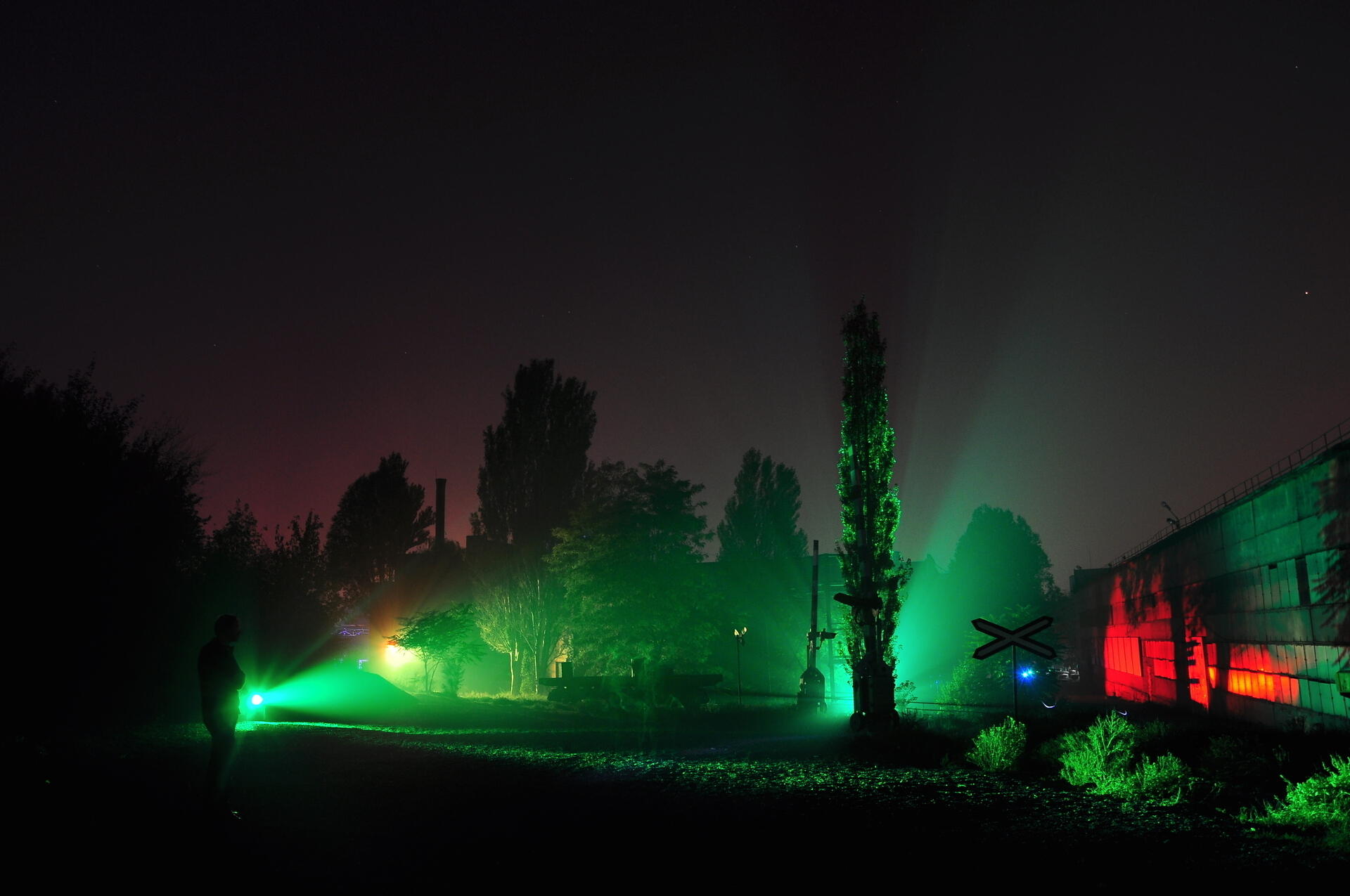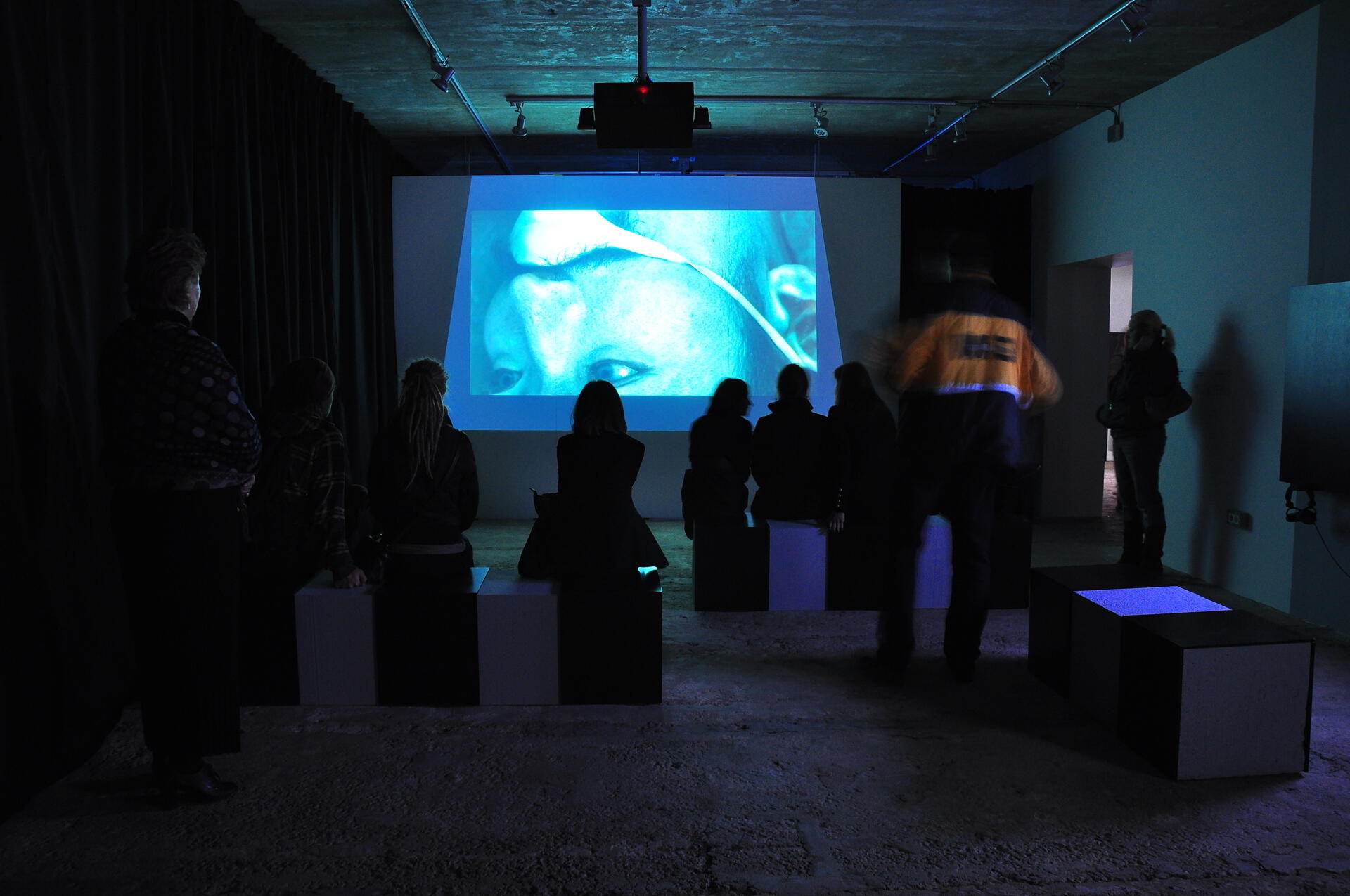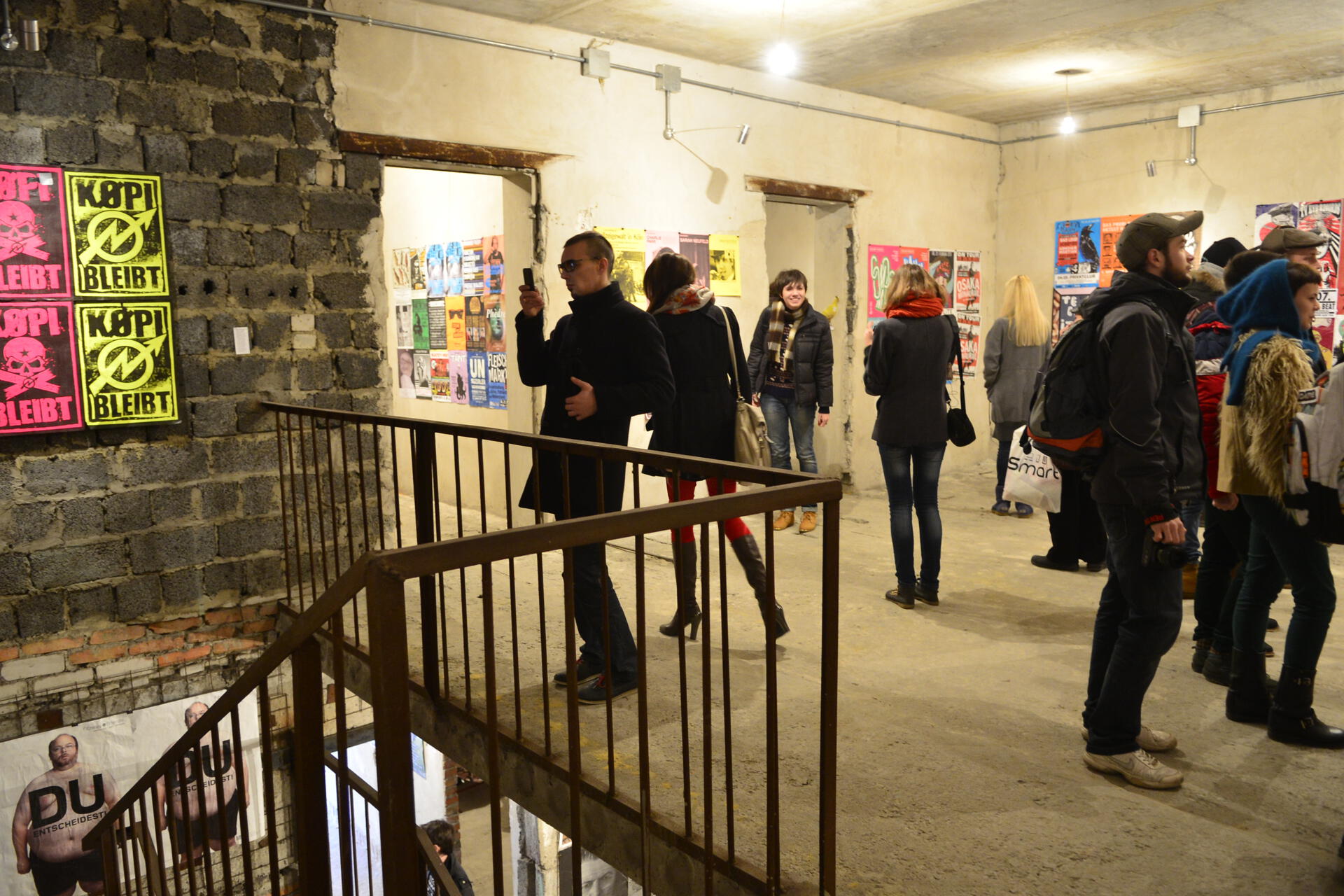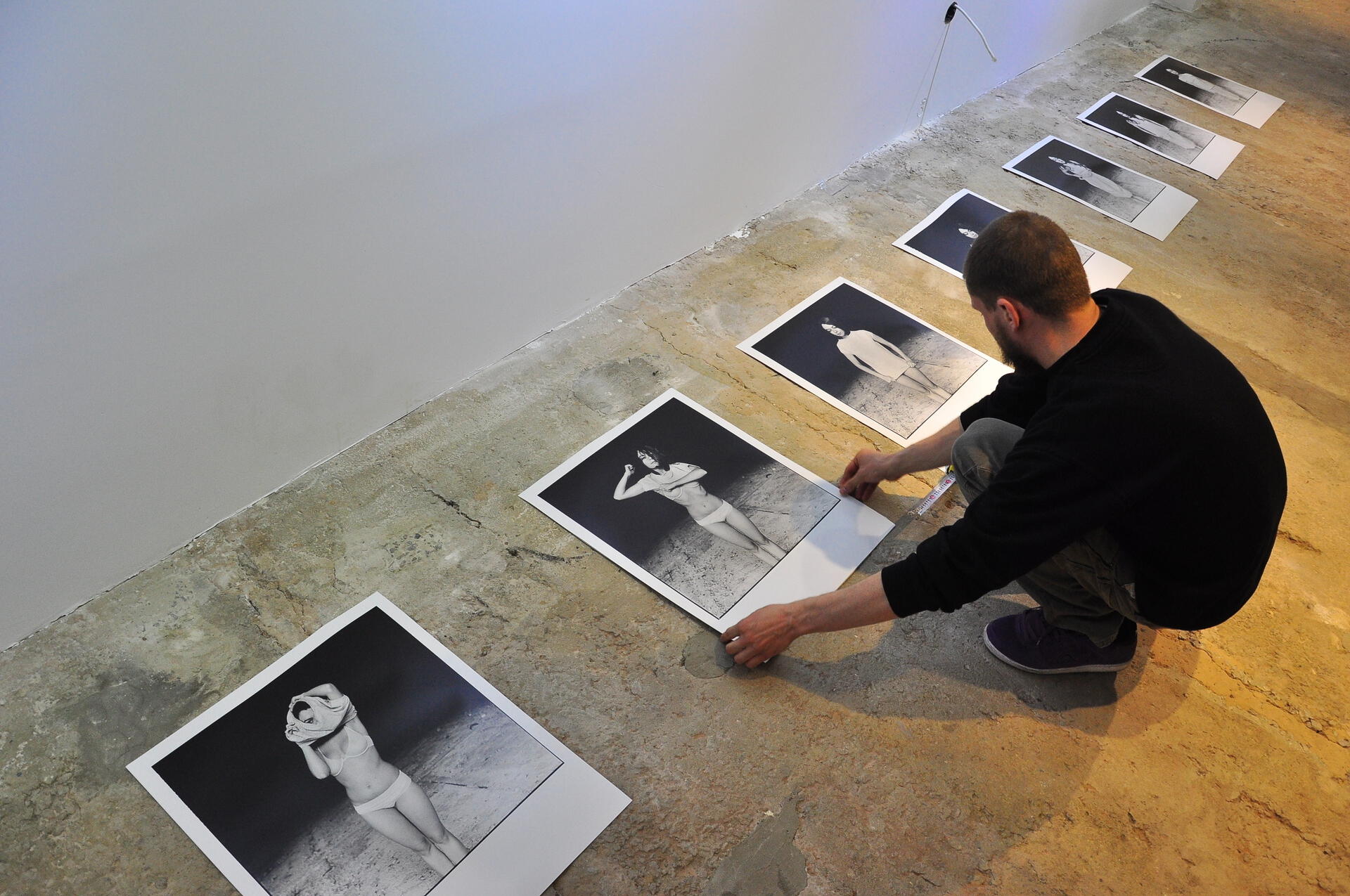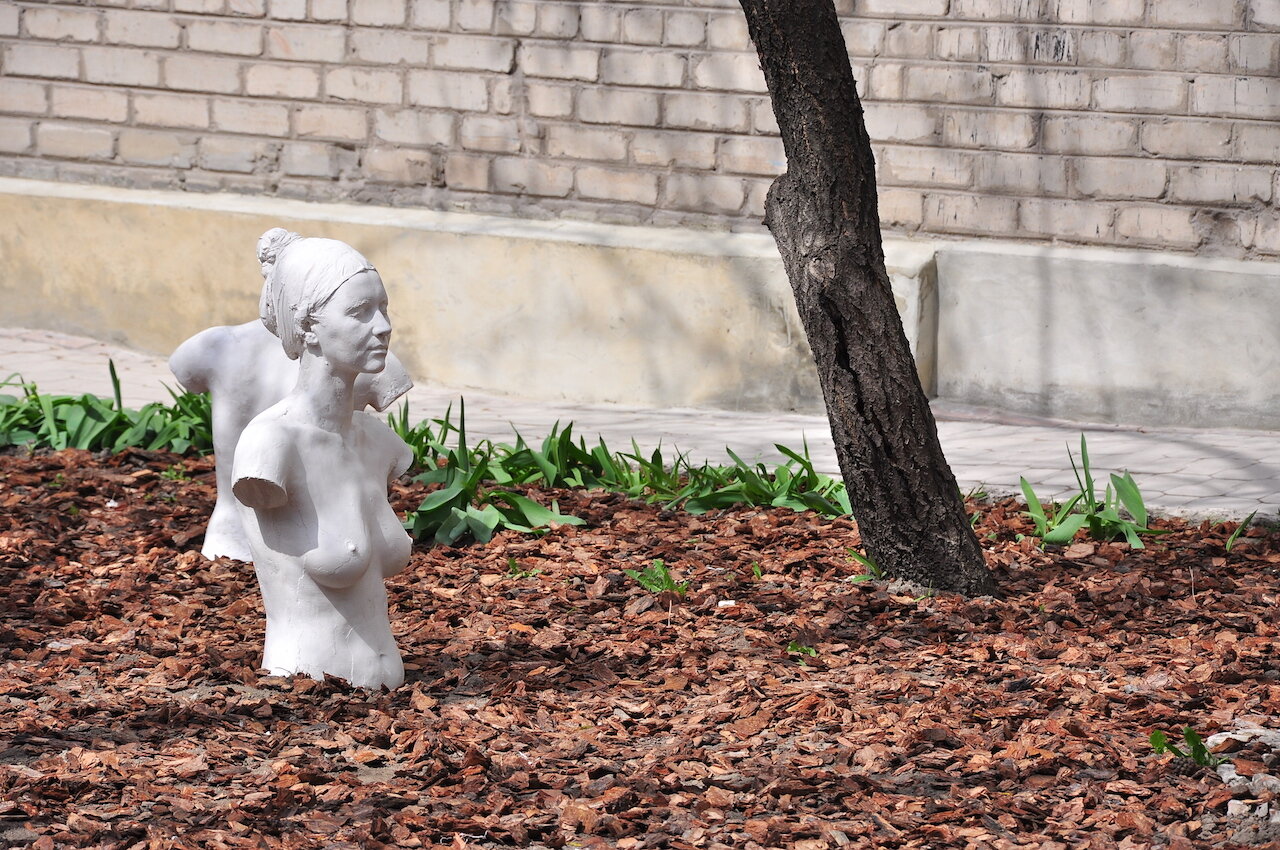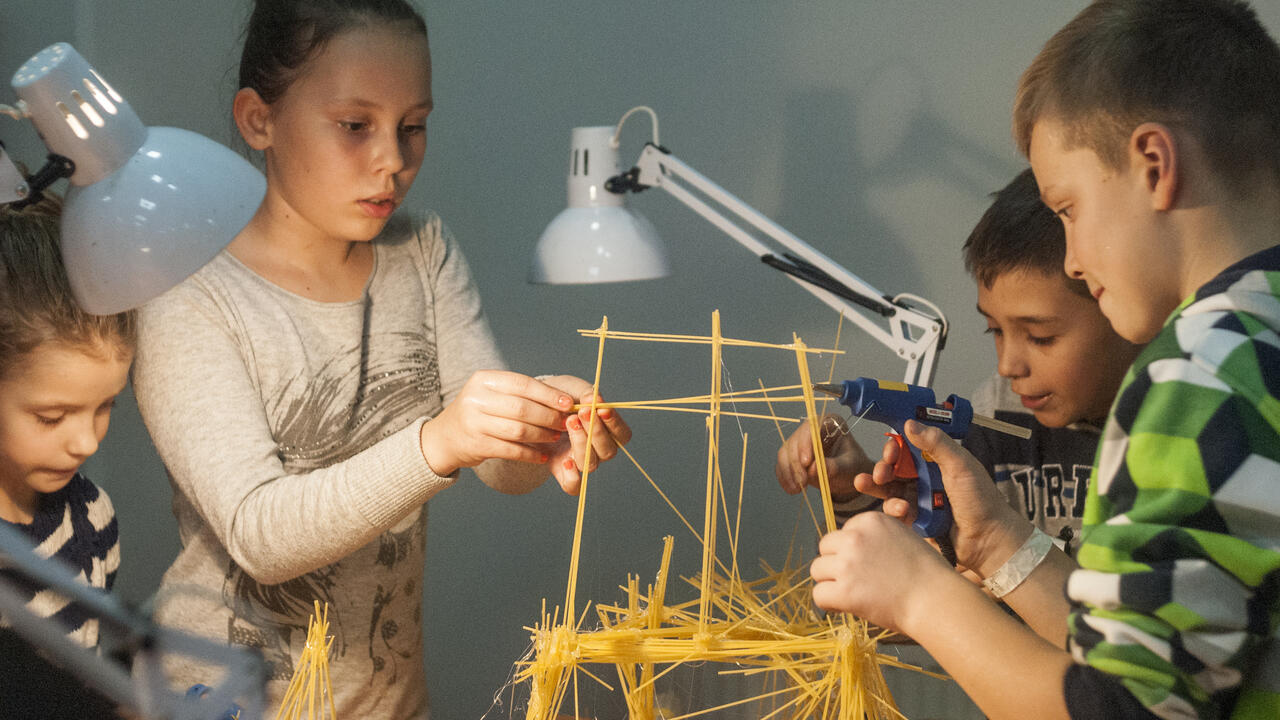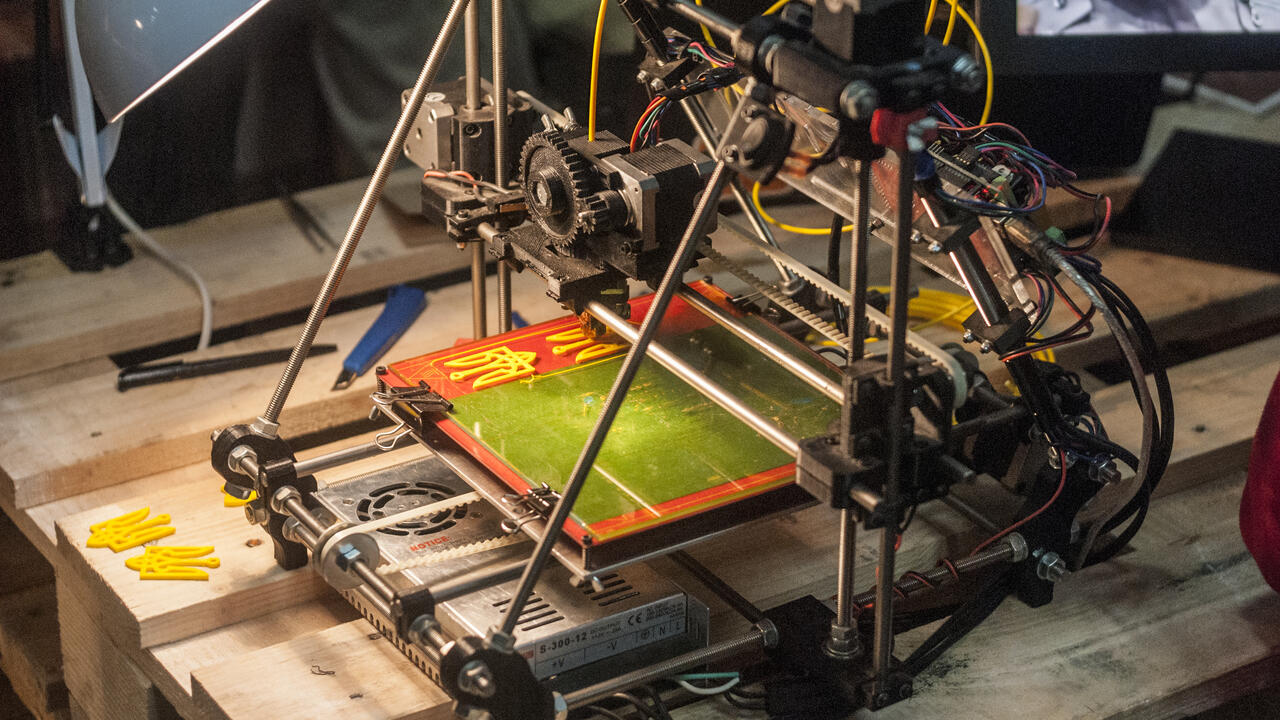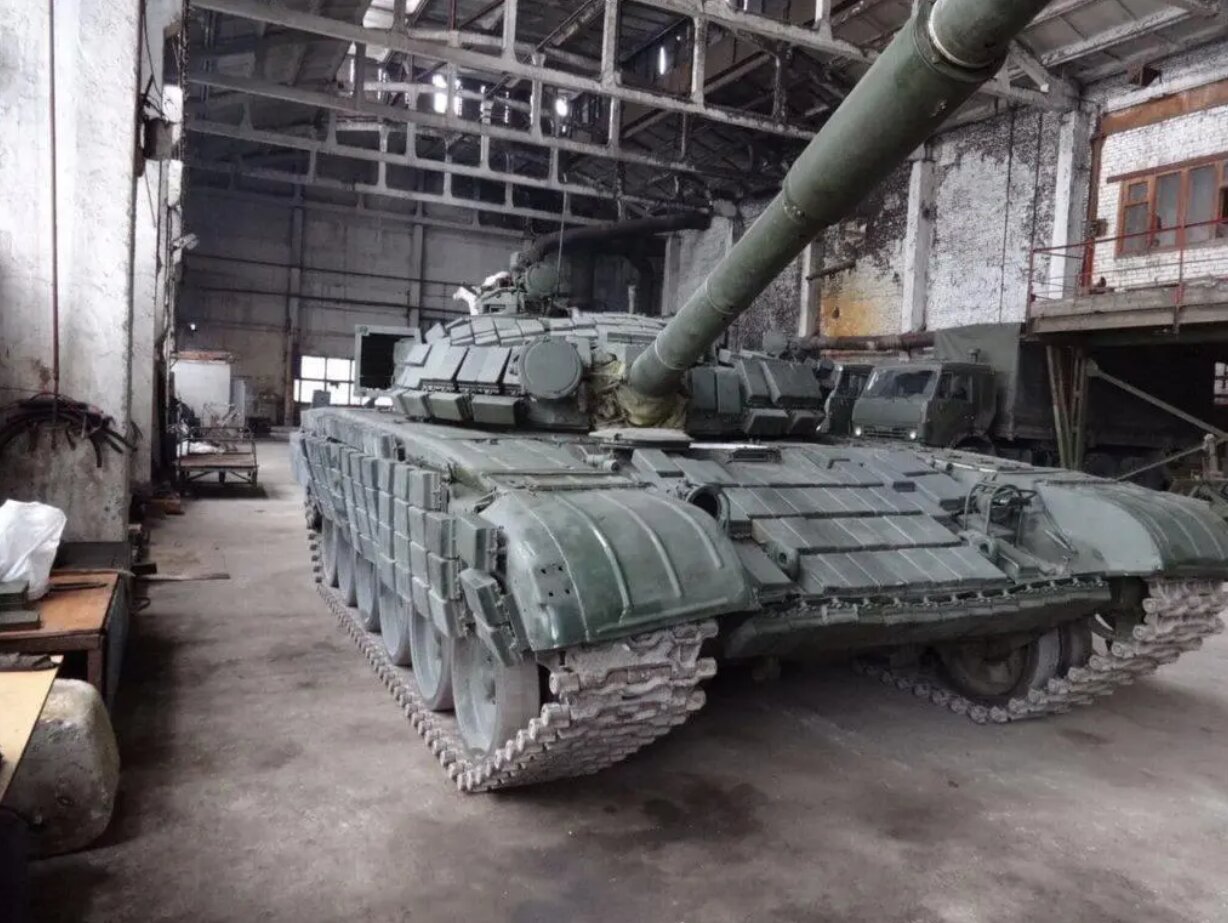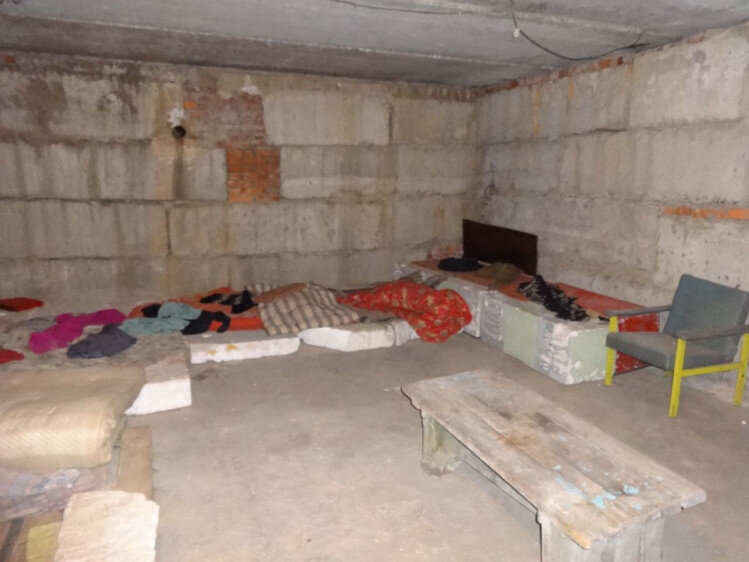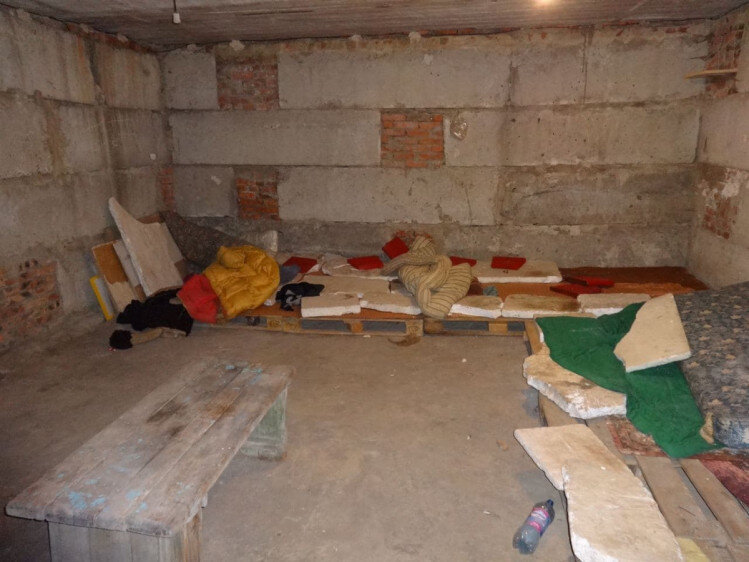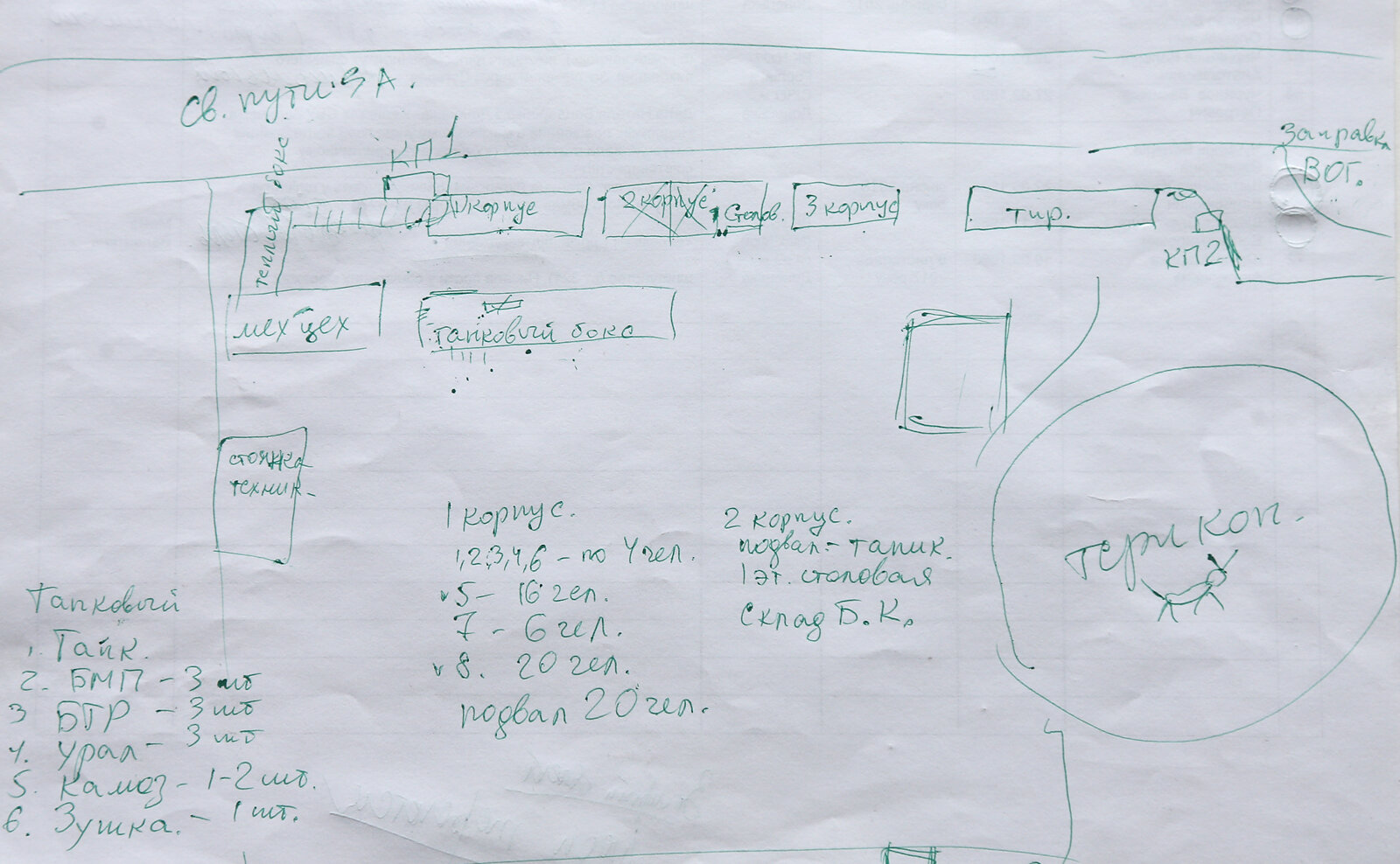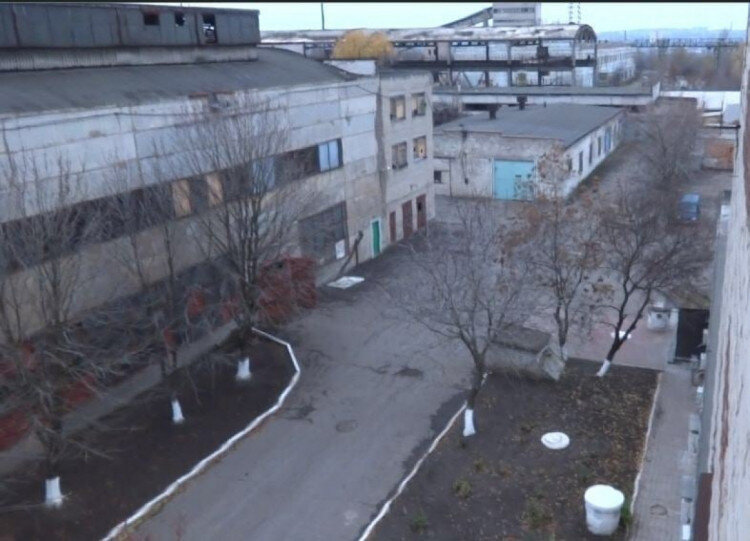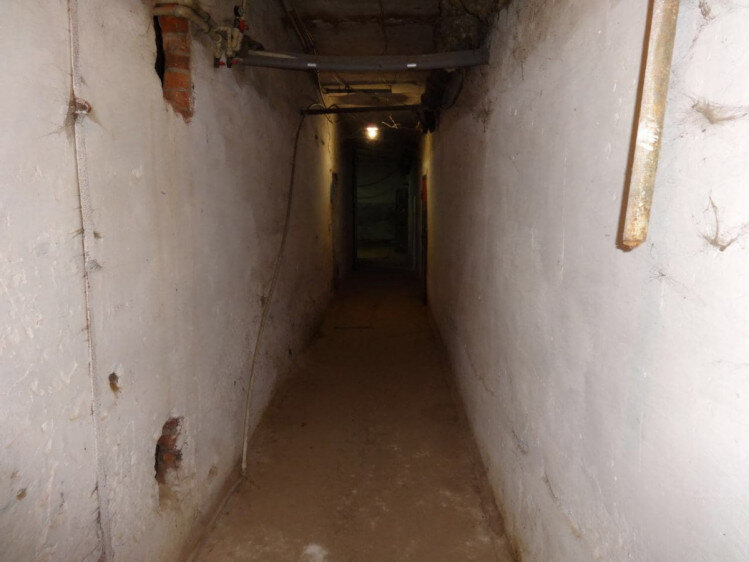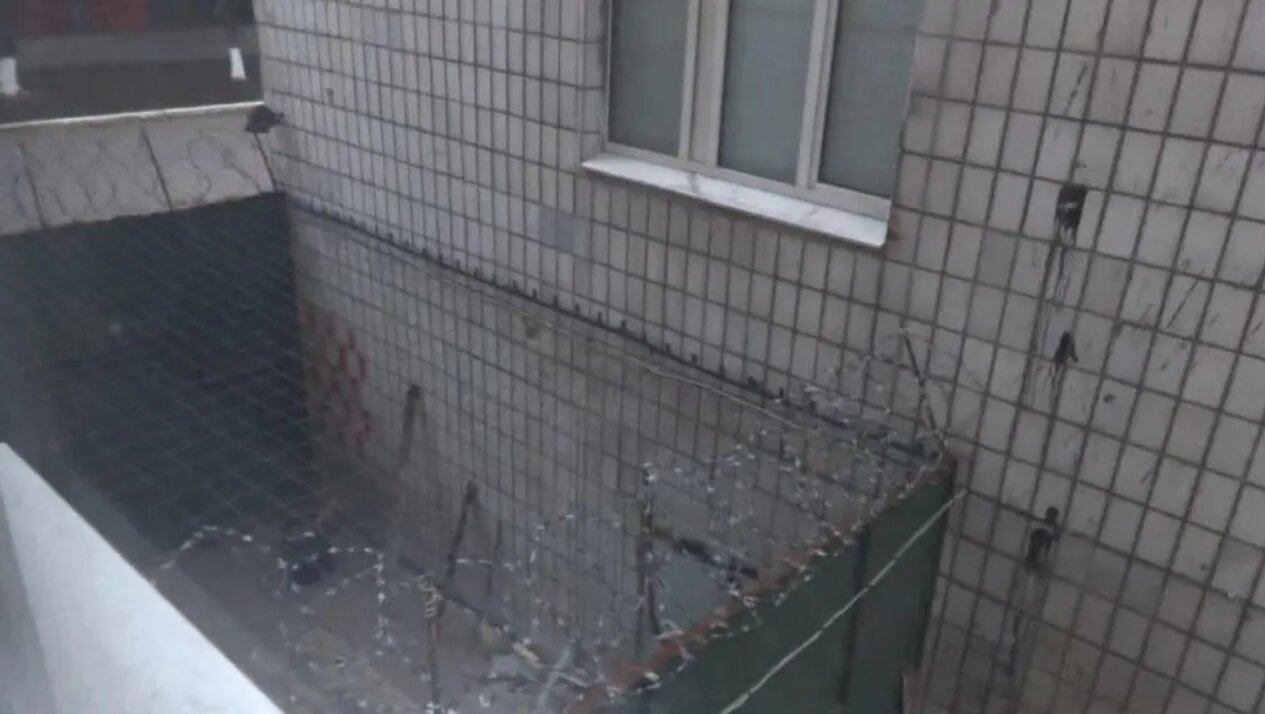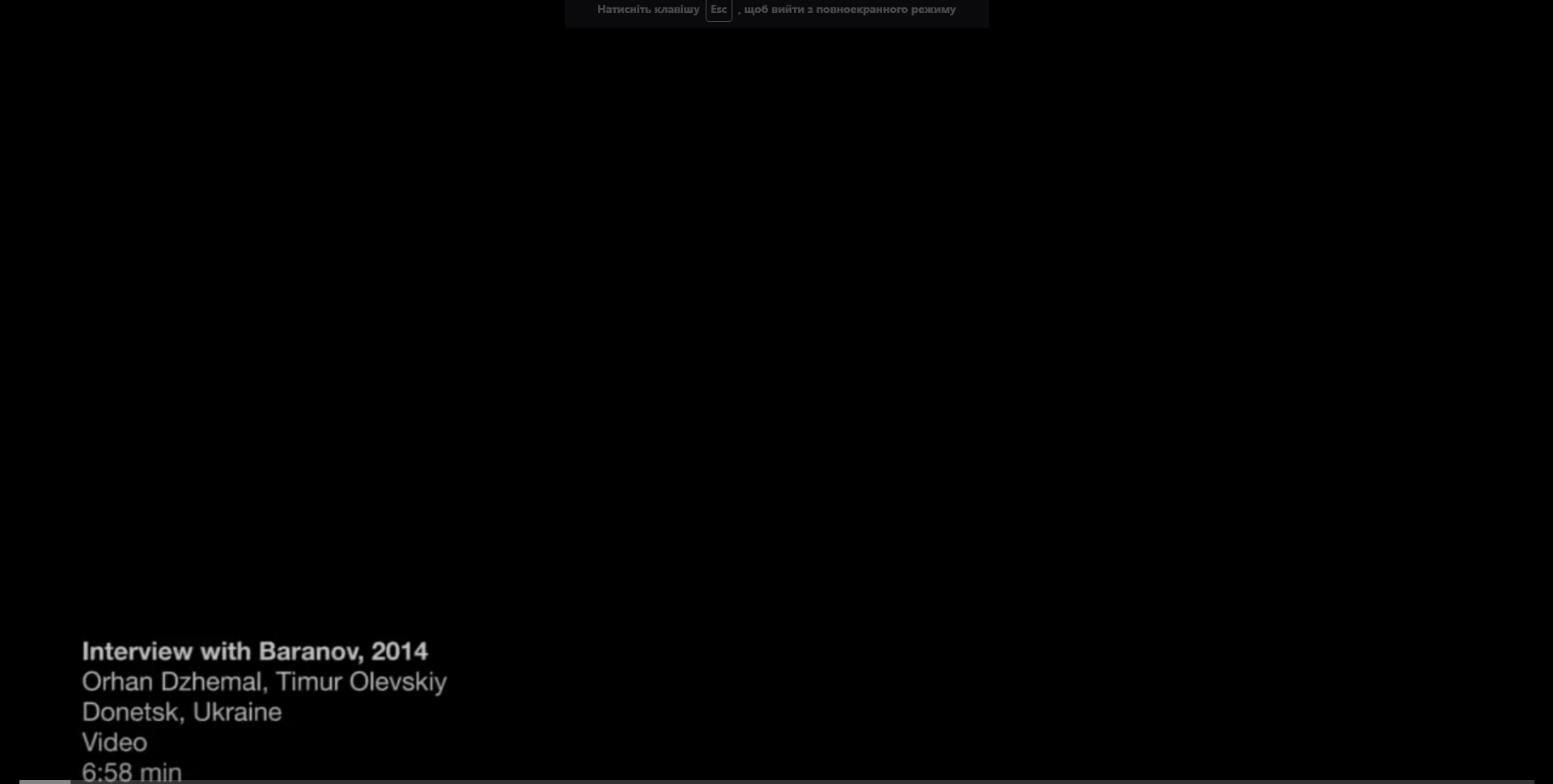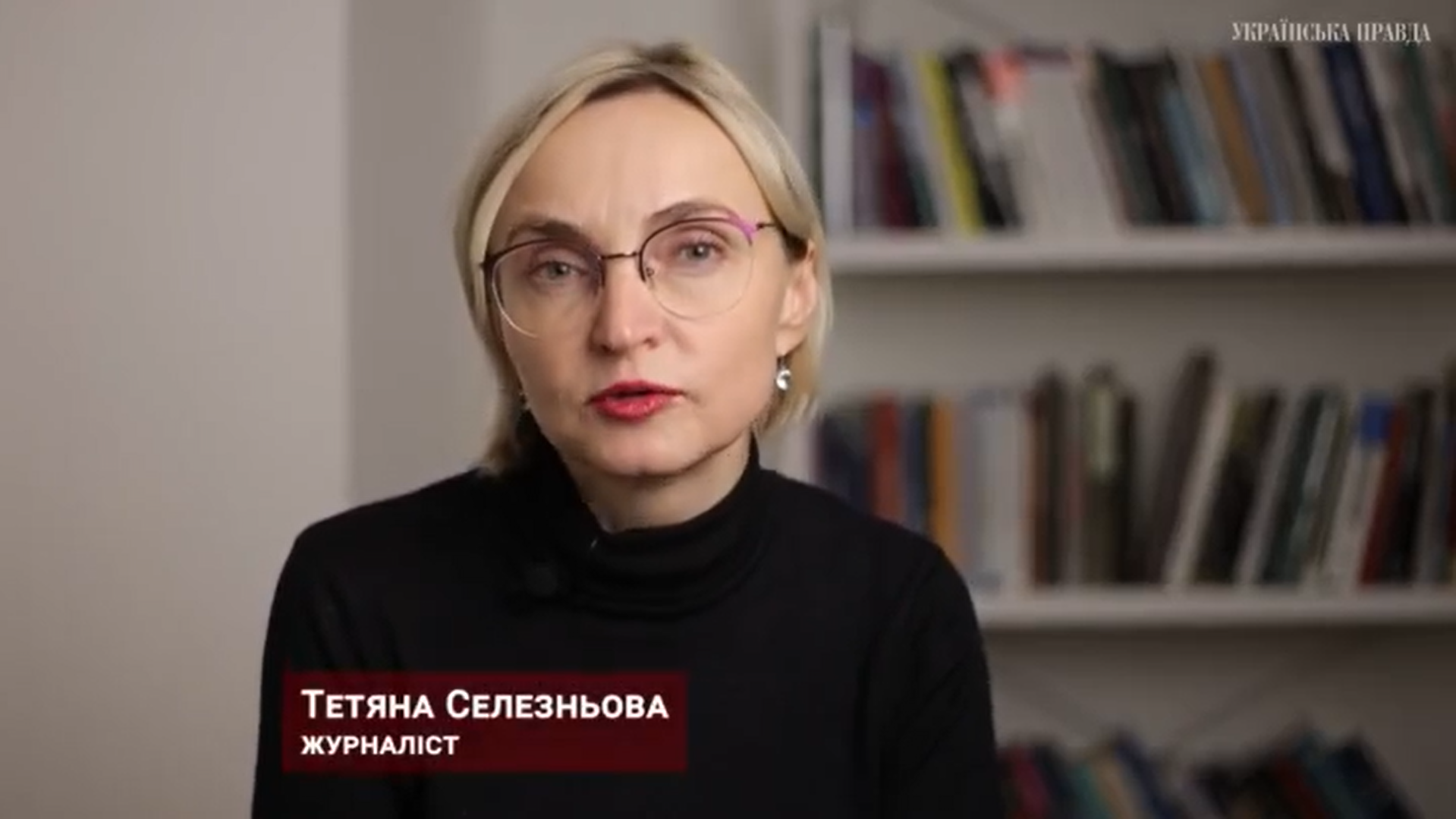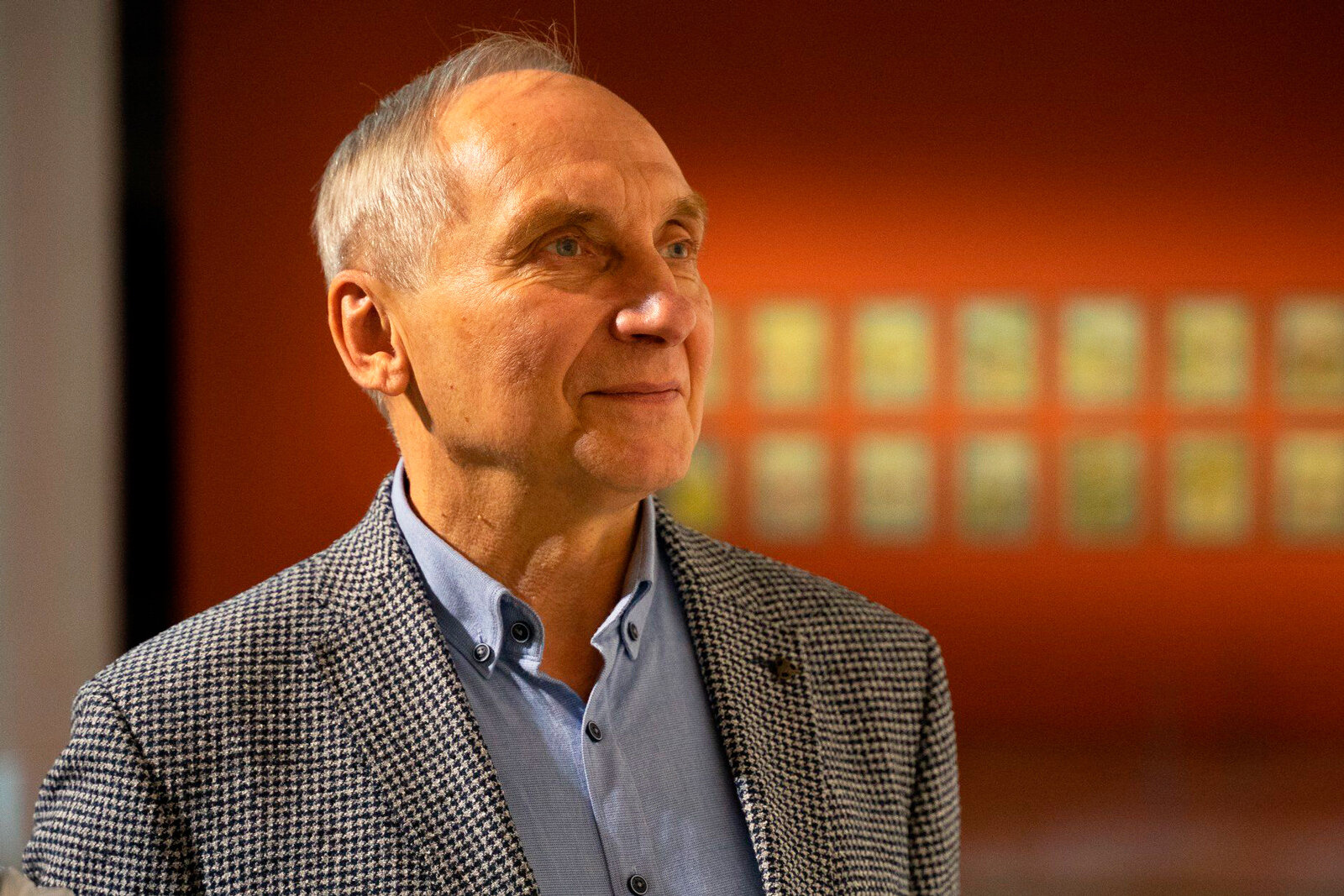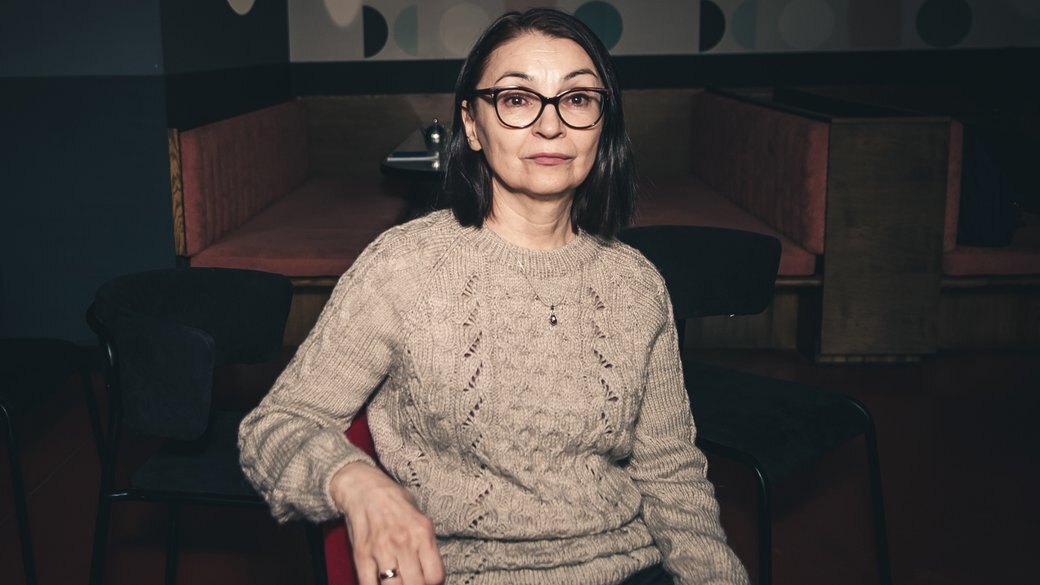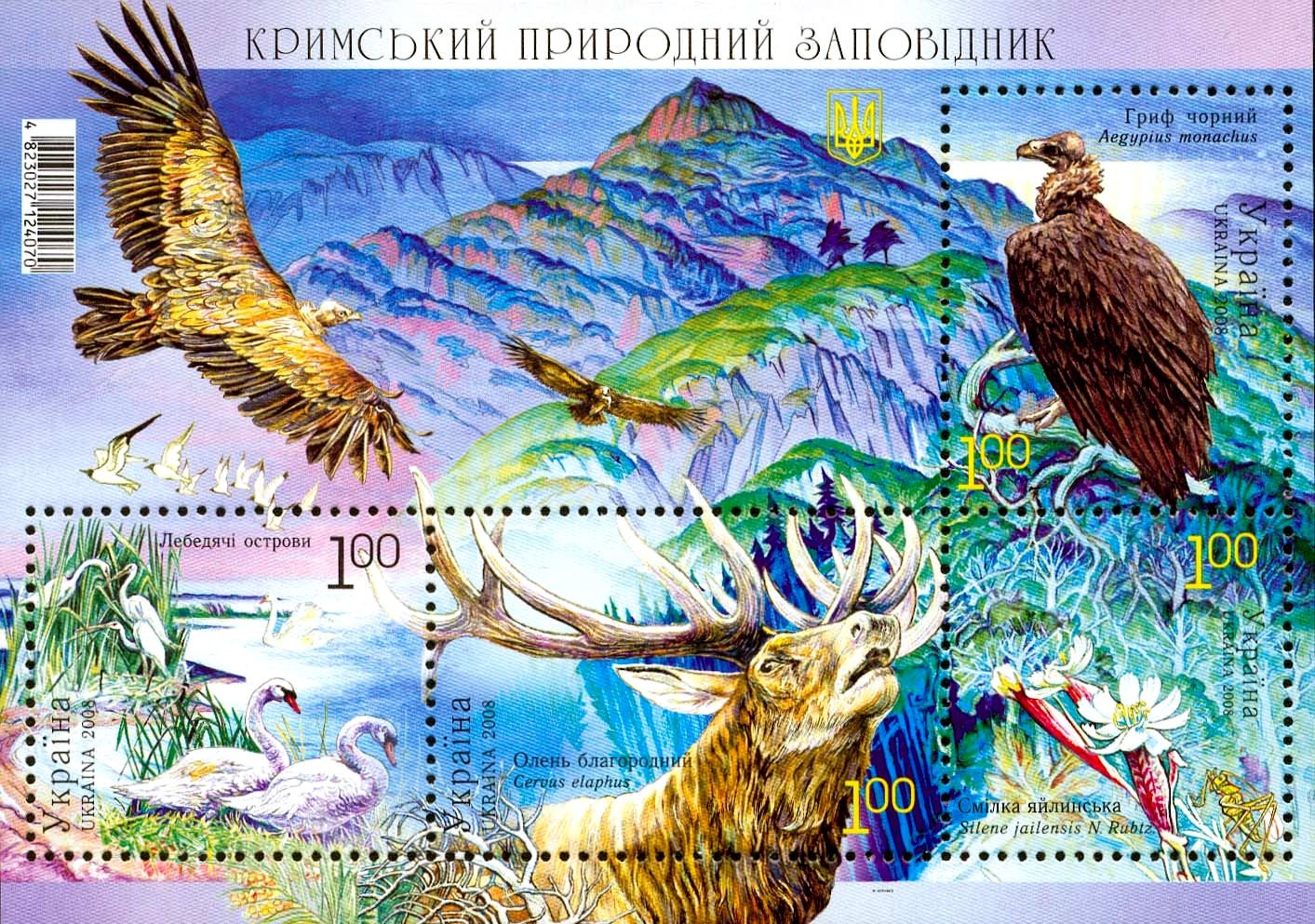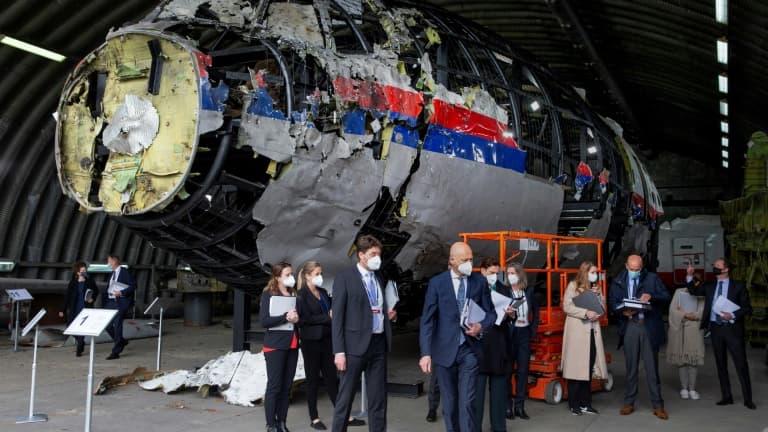The platform for cultural initiatives is turned into a torture chamber and a specialized detention camp
Seizure of the «IZOLYATSIA» charitable foundation
 Ukraine, Donetsk region, Donetsk, Svitloho Shliakhu Street, 3
Ukraine, Donetsk region, Donetsk, Svitloho Shliakhu Street, 3
 2014-06-09
2014-06-09
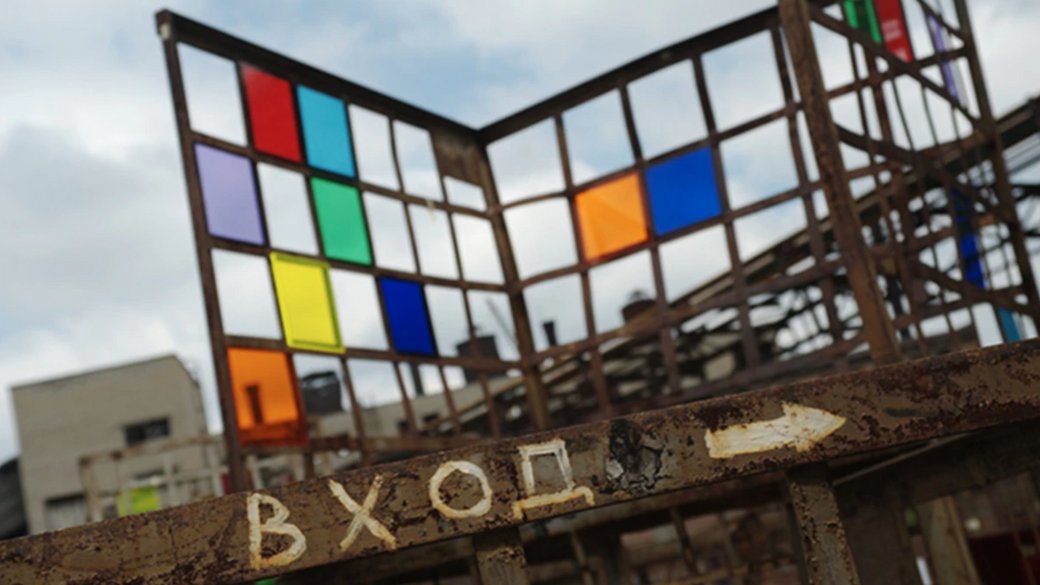
At the beginning of the 21st century the International Charitable Foundation «IZOLYATSIA. Platform for cultural initiatives» was founded in Donetsk on the basis of a bankrupt plant. Artistic projects were carried out there; works of art were preserved and displayed there as well. The Russian occupying forces seized this cultural space already at the beginning of June 2014. A place of confinement was established in the seized premises, where people detained by the occupying forces were held and tortured. The journalist Stanislav Aseev and the religious scholar Ihor Kozlovskyi were among the well-known prisoners of «Izolyatsia». In general, thousands of people became the victims - military and civilian, men and women. Currently, the cultural space «Izolyatsia» has moved to Kyiv, and in Donetsk, the premises of the charitable foundation have acquired the infamous reputation of the «Izolyatsia» camp and torture chamber. So far, 15 people have been notified in absentia of suspicion concerning the violation of the laws and customs of war on the territory of «Izolyatsia».






